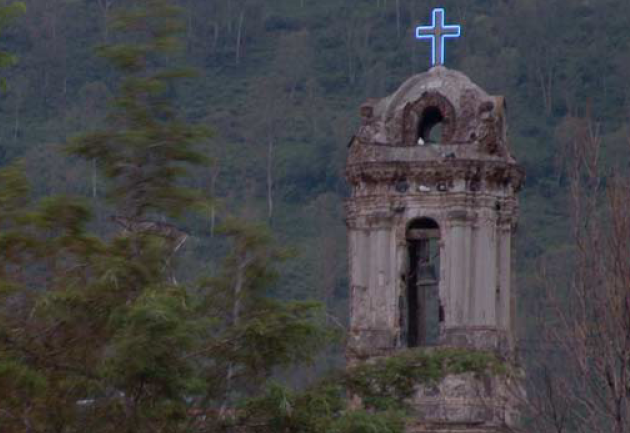
__
Santa Isabel Tola is one of the original settlements of Gustavo A Madero. It’s often the welcome neighborhood for folks on their way to the FARO Indios Verdes. Just slightly north, in the same neighborhood, it’s among the most important cultural centers in the City. The southern limit of the neighborhood is the Parque del Mestizaje. With its variety of attractions, the park is also home to the original Indios Verdes monument.
Founded in 1438, the town name was simply Tollan for some hundreds of years. That name comes from the Nahuatl, meaning “place of tules.” That, is place of the giant ahuehuete trees. The village was founded on the northwest slope of the Tecpayocan hill. This is where, records indicate, a very early Mexica New Fire Ceremony was held. It was likely the fourth such ceremony.
Legends of the town of “Tollan” go back as far as 1246. A first ruler named Inamextli was appointed by Izcóatl in 1438, and he ruled the neighboring town of Zacatenco, too. That’s the site of the National Polytechnic Institute today.
The town was evangelized by the Franciscans in the 16th century. The tiny church dates from 1570. The Santa Isabel Tola Codex also provides good historical accounts from pre-Hispanic through the early colonial times. The village was re-dedicated to Santa Isabela of Portugal already some 300 years after its founding. The construction of a road connecting the town Calzada de los Misterios with the was completed in 1604. Pilgrims and nobles were increasingly seen in the village.
The 1855 opening of the Villa de Guadalupe railway station only increased traffic into this distant northern town. Today, it’s very much a neighborhood of the capital. The Market of Santa Isabela Tola, is perhaps like many others but for it’s particular geographic point. It’s a great place for lunch if you’re coming in or out of the FARO, or just visiting the church and cemetary. The broader Indios Verdes area is also an important and growing section of the City.
 +52 (55) 5748 0558
+52 (55) 5748 0558
 https://www.facebook.com/SantaIsabelTola/
https://www.facebook.com/SantaIsabelTola/

Nearest at 0.16 kms.
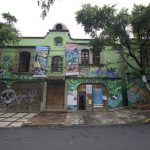
Nearest at 0.58 kms.

Nearest at 0.79 kms.
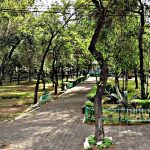
One of Mexico City's oldest continuously inhabited little towns . . .
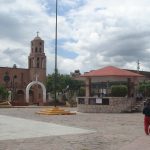
The complex history of the Pueblo San Juan de Aragón...
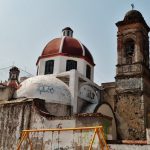
A sprawling old neighborhood on the flats at the north of the lake...

A remarkable old church atop an ancient, forgotten pyramid...
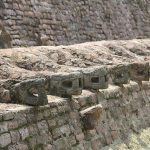
Some of the oldest ruins in the area are easy to get to. Tenayuca provides a deep look into early Mesoamerica.